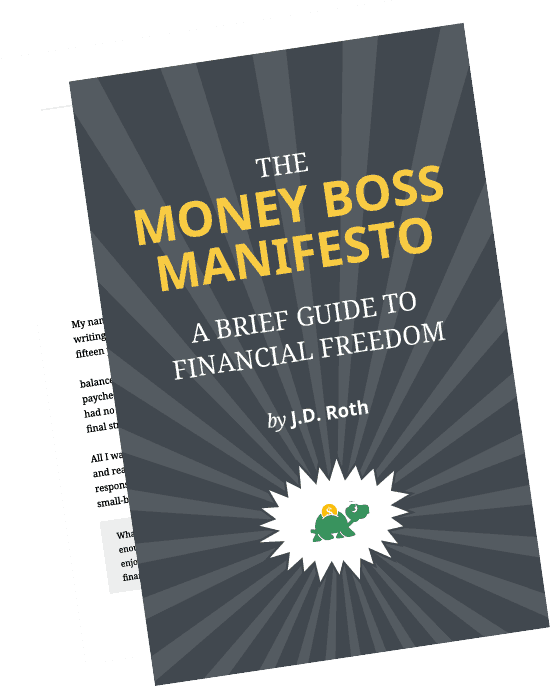How to retire rich Dave Ramsey style

Eager to know how to retire rich? It might be surprising that Dave Ramsey‘s site has one of the best money hacks I've seen recently. Drive Free, Retire Rich explores the impact of carrying a car payment, and offers ideas on how your money can be used more wisely. Though the sentiment is familiar, I find Ramsey's approach novel.
You want a brand-new sports car that would normally cost you $475 a month. The car you're driving now is worth around $1,500. If you take that $475 and pay yourself instead of paying the dealer, you'll have $4,750 in just ten months. Add that to the $1,500 you can get for your current car, and you can pay cash for a used $6,250 car. That's a major upgrade in car in just 10 months — without owing the bank a dime!
But let's keep going. If you kept saving at that rate, you'd have another $4,750 in another 10 months. Chances are, less than a year later, you could sell your $6,250 car for about what you paid for it. This means that you can step up again — with cash — into an excellent $11,000 used car just twenty months from today. Not bad!
Not bad, indeed. Ramsey goes on to explain how you could actually get “free” cars by investing your $475/month and using the returns to purchase your vehicles. (The assumed 12% return is a stretch, though the overall point is valid.)
Car Values and Financial Freedom
How might I make this idea work for me?
- Instead of buying a new car from a dealer, I could set aside the amount I'm willing to spend on a monthly payment. The presentation uses $475/month as an example. I could never pay this much for a car. I'd be willing to go as high as $250/month.
- After a year, I'd have saved $3,000 for a car. According to kbb.com, the trade-in value on my current car is $3,700. Using these two sources, I could buy a better used car for $6,700.
- Here's where it gets interesting. If I kept making $250 payments to myself, I'd have another $3,000 saved at the end of the second year. Let's say the $6,700 car lost another $1,000 in value and was now worth $5,700. I could trade it in and use my saved money to upgrade to an $8,700 used car.
- I can continue this cycle until I reach the level of car with which I'm comfortable. After that, the amount I need to save each year would decline sharply. I wouldn't have to save to upgrade my car, simply to maintain the level of quality.
I'll certainly remember this for the future. As soon as I've repaid my home equity loan, I plan to begin saving for a car!
Become A Money Boss And Join 15,000 Others
Subscribe to the GRS Insider (FREE) and we’ll give you a copy of the Money Boss Manifesto (also FREE)
